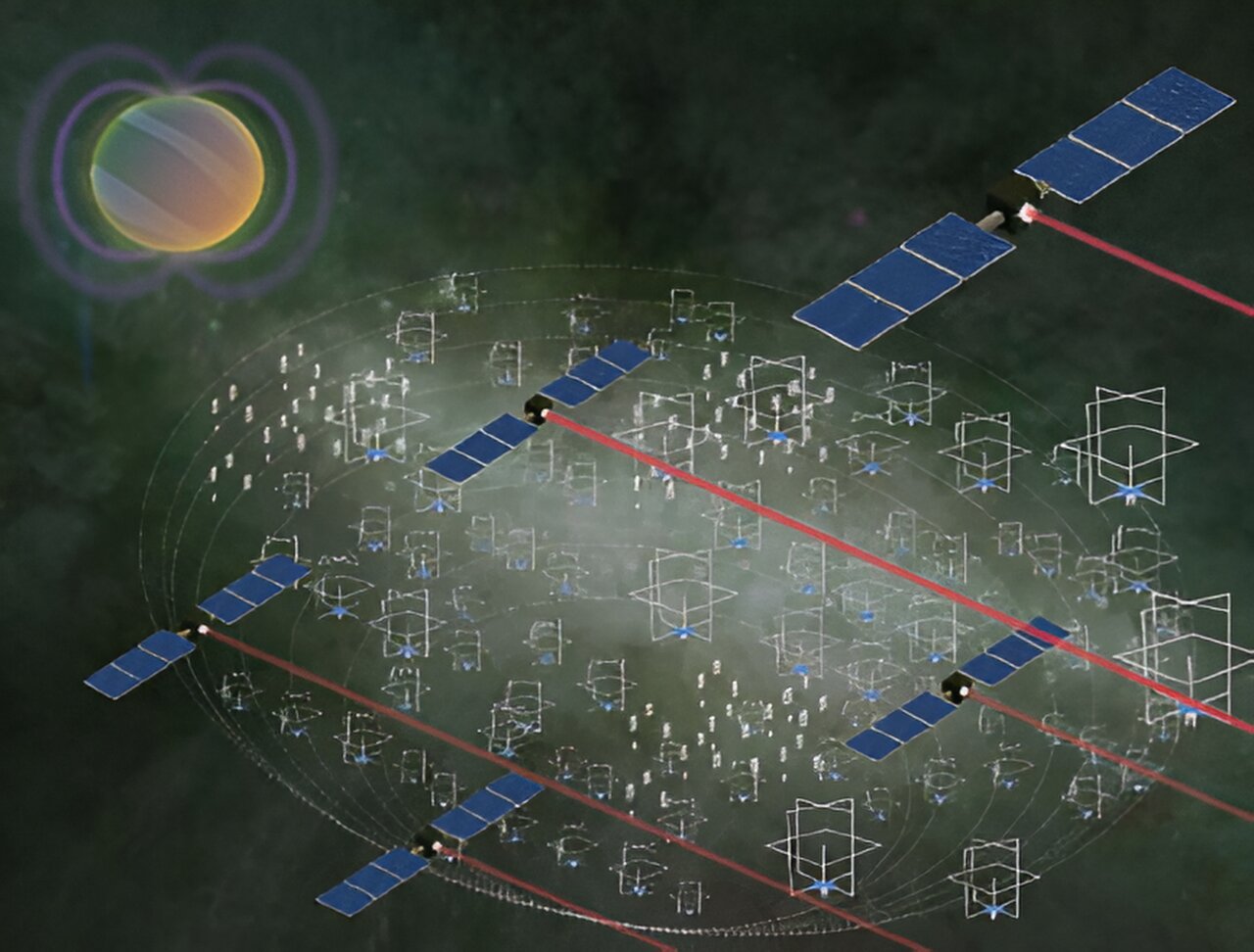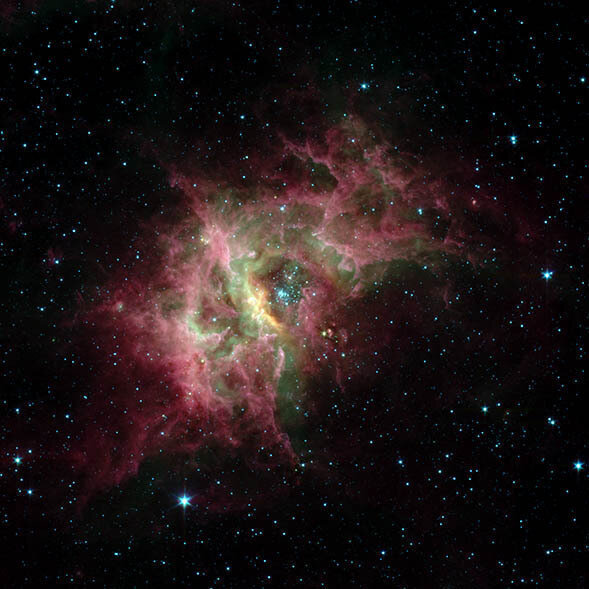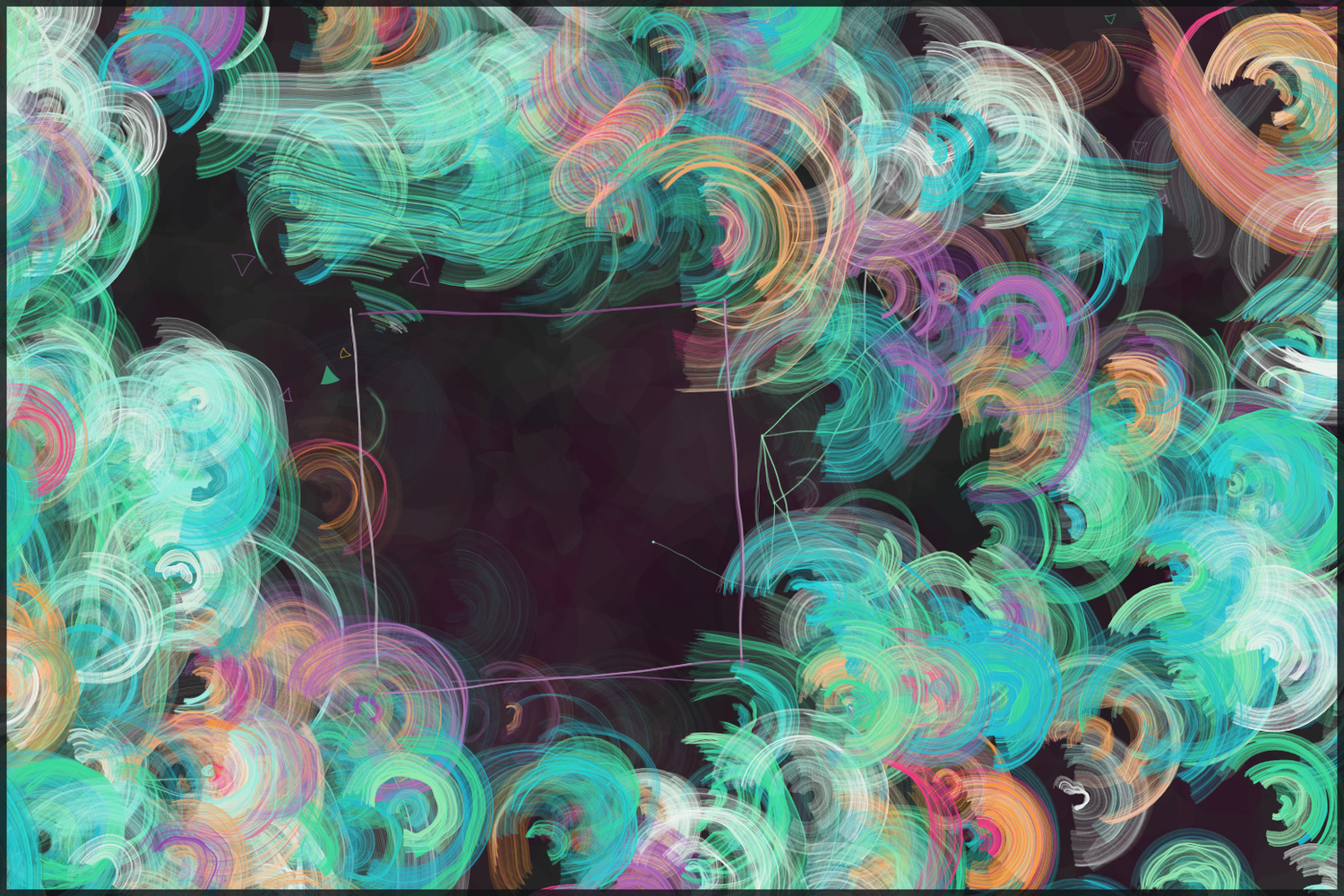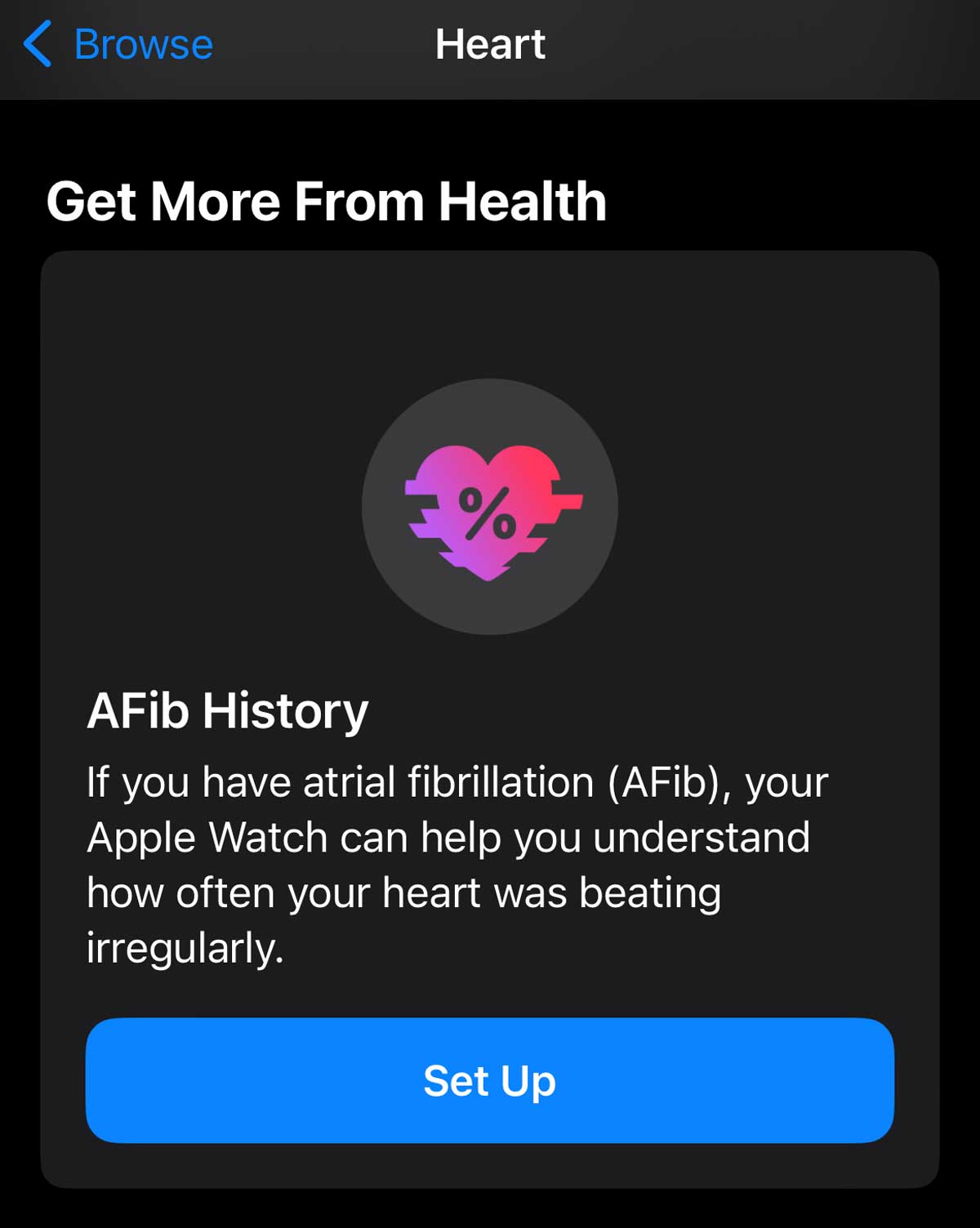
The Great Observatory for Long Wavelengths (GO-LoW) proposal
This article has been reviewed according to Science X's editorial process and policies. Editors have highlighted the following attributes while ensuring the content's credibility:
Humankind has never before seen the low frequency radio sky. It is hidden from ground-based telescopes by the Earth's ionosphere and challenging to access from space with traditional missions because the long wavelengths involved (meter- to kilometer-scale) require infeasibly massive telescopes to see clearly.
Electromagnetic radiation at these low frequencies carries crucial information about exoplanetary and stellar magnetic fields (a key ingredient to habitability), the interstellar/intergalactic medium, and the earliest stars and galaxies.
The Great Observatory for Long Wavelengths (GO-LoW) proposes an interferometric array of thousands of identical SmallSats at an Earth-Sun Lagrange point (e.g., L5) to measure the magnetic fields of terrestrial exoplanets via detections of their radio emissions at frequencies between 100 kHz and 15 MHz. Each spacecraft will carry an innovative Vector Sensor Antenna, which will enable the first survey of exoplanetary magnetic fields within 5 parsecs.





















